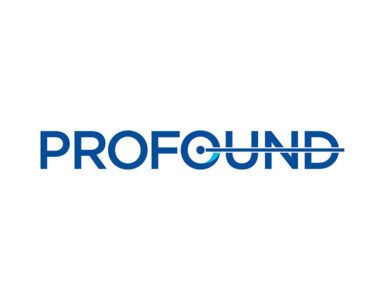
Hepion Pharmaceuticals’ (NASDAQ:HEPA) CRV431, a cyclophilin inhibitor with antifibrotic and antiviral properties, may show some effect in the ongoing COVID-19 pandemic, according to Roth Capital Partners and Brookline Capital Markets.
“We believe there is strong rationale for a non-immunosuppressive molecule like Hepion’s CRV431 to show some effect as an antiviral and antifibrotic in the ongoing COVID-19 outbreak,” writes Roth analyst Yasmeen Rahimi.
She reiterated the stock as “buy” with a $9 price target. Hepion was quoted as high as $2.75, up $1.45, in early trading on March 20.
Ms. Rahimi writes that while cyclophilin inhibitors are most known for their antifibrotic effects, they also have a compelling antiviral profile, with demonstrated preclinical effects on hepatitis B and hepatitis C viruses, as well as coronaviruses.
“Cyclophilin inhibitors have been specifically implicated in affecting the immune cell activation response in a cell line model of SARS-CoV,” Ms. Rahimi says, adding that since cyclophilin inhibitors impede protein folding, they could also impact viral lifecycle where lots of new proteins are needed for viral replication.
“Since infected patients end up in the ICU with pneumonia that escalates into acute respiratory distress syndrome and diminished lung capacity, the direct-acting antifibrotic properties of CRV431 could be especially important in the context of COVID-19 treatment, in our view,” Ms. Rahimi added.
Brookline noted that preclinical models demonstrated that CRV431 simultaneously inhibits replication of both HCV and HIV-1 and that cyclophilin inhibitors have inhibited replication of coronaviruses in animal models.
“Based on the information available in literature we believe that CRV431 could potentially play a therapeutic role in treatment of COVID-19 infection,” said Brookline analyst, Kumaraguru Raja.
He reiterated the stock as “buy” with a $12 price target.
Hepion recently demonstrated that CRV431 dose-dependently decreased production of procollagen and fibronectin, which can cause fibrotic scarring of injured organs, in cells derived from five different organs.
In addition, CRV431 exerted similar or greater effects than two approved standard-of-care drugs for idiopathic pulmonary fibrosis across many disease markers in a translational research study.






